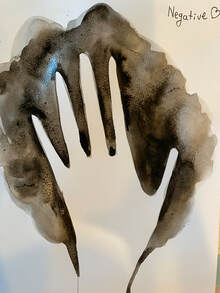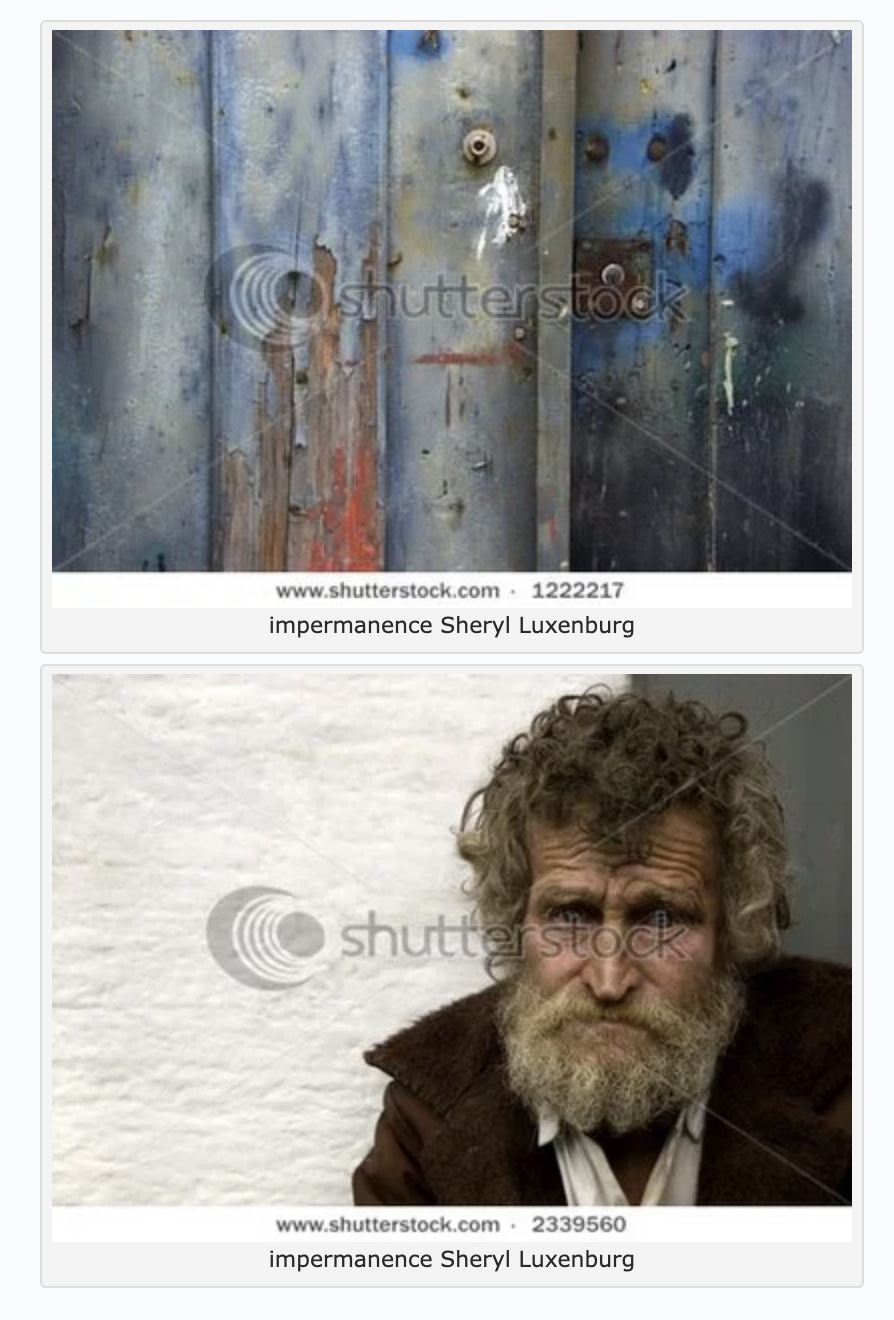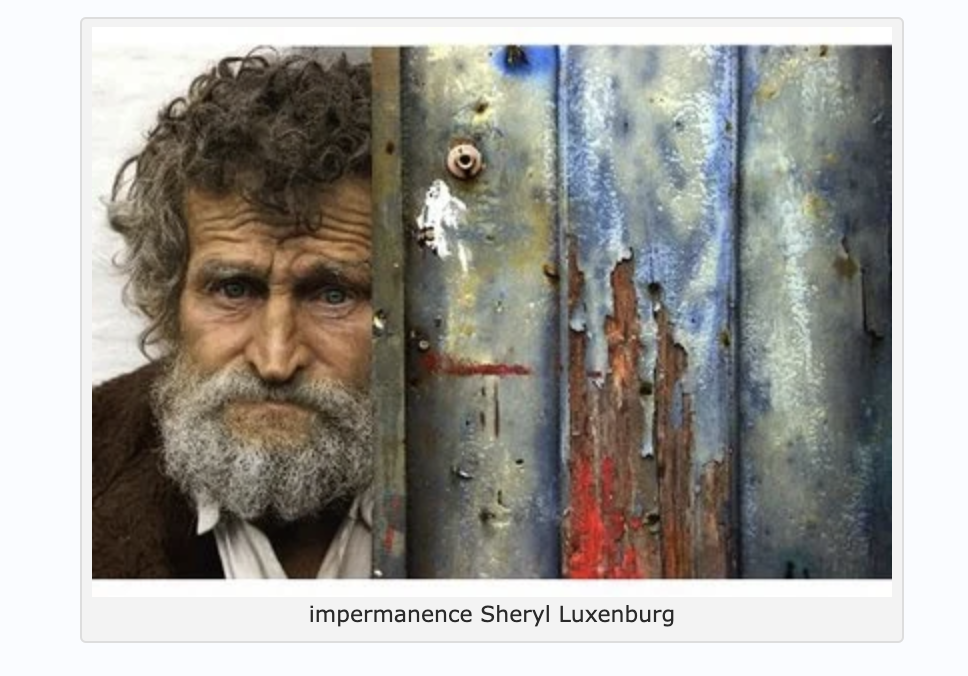Do not Photocopy for being an genuine artist!The Camera Can Lie. The camera does not compose, it only records what is there - and usually in a spatially distorted format. The photographer (which may have been you!) may have composed a good photograph, but does that equate to a good painting? Probably not. If you are "photo-copying" you are settling for the subject as the camera sees it, or as the photographer saw it, not as you see it. As artist Frank Webb says, "don't simply paint what is, paint what could be." Ask Yourself Some Questions. The next time you are looking at a photograph for inspiration, ask yourself some questions: - What do you like about the scene? - How can you communicate your view of it? - How can you best express your feelings about it to others? - How can you best use design principles and your skill as an artist to develop a good composition that tells a story and creates a new reality? : Excerpted by Blog as below: American Watercolor Society 2008 Gold Medal Issue: (Reference: https://openartforum.wordpress.com/2008/12/11/60/) For example, gold medal-winning realist artist Sheryl Luxenburg created her work using two images from a popular licensing site called Shutterstock. Image reference: https://openartforum.wordpress.com/2008/12/11/60/ “Impermanence” by Sheryl Luxenburg was suspected to be a non-original artwork derived from internet photos. Personally, what is surprising is that the images in the photos used and the works that were actually displayed and awarded prizes are surprisingly similar. It looks like it was cut and pasted together rather than derived from two photos. A typical example of a derivative work accepted for registration with the Copyright Office is one that is primarily a new work but contains some previously published material. This previously published material is considered a derivative work under copyright law. To be copyrightable, a derivative work must be sufficiently different from the original to be considered a “new work” or contain a significant amount of new material. If you make minor changes or add content to an existing work, that work does not qualify as a new version for copyright purposes. New material must be original and copyrighted in its own right. For example, titles, short phrases, and formats are not protected by copyright. U.S. Copyright Office Circular 14: Derivative Works (currently being revised) Looking at the example above, I would like to ask whether drawing realistically and accurately and being asked “How did you draw it?” is the most important virtue for an artist.
If that were the case, everyone would have to draw pictures that were as accurate and perfect as a photo. We, and above all, reflect on whether even artists may be mistaken in thinking that art is only about perfection, and thus are not able to properly enjoy the pleasure that art gives. This question took me back to the Altamira cave paintings. Because there wouldn't have been this type of competition back then. For Homo sapiens, the ancestors of mankind, painting would not have been a game to win or lose, but rather something like air for survival. So their paintings are primitive and urgent enough to give off a cold feeling, yet they are also childlike, innocent and beautiful. I gained existential reflection on life right from this raw, desperate, and spontaneous energy. And this year, I plan to continue exploring Altamira Cave with this theme.
0 Comments
Leave a Reply. |
Myungja Anna KohArtist Categories
All
Archives
July 2024
|
Proudly powered by Weebly




 RSS Feed
RSS Feed